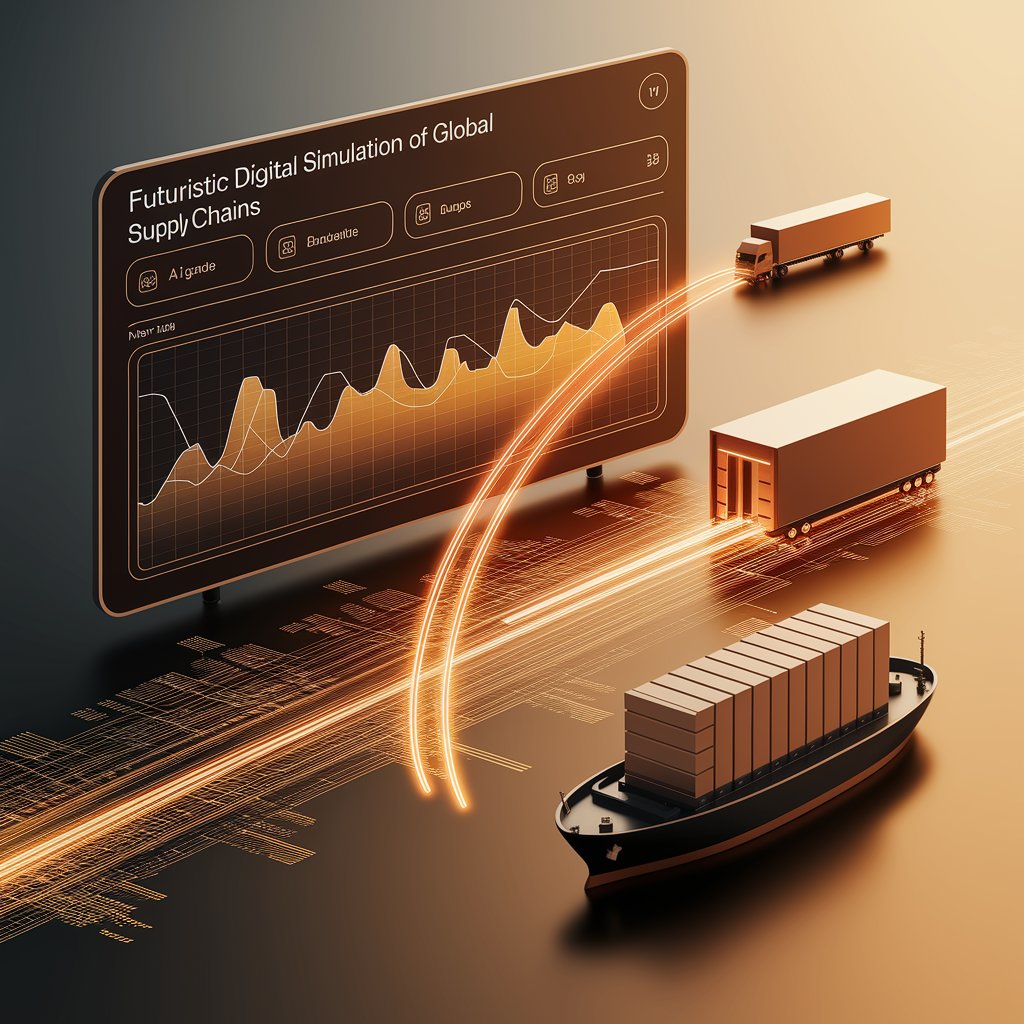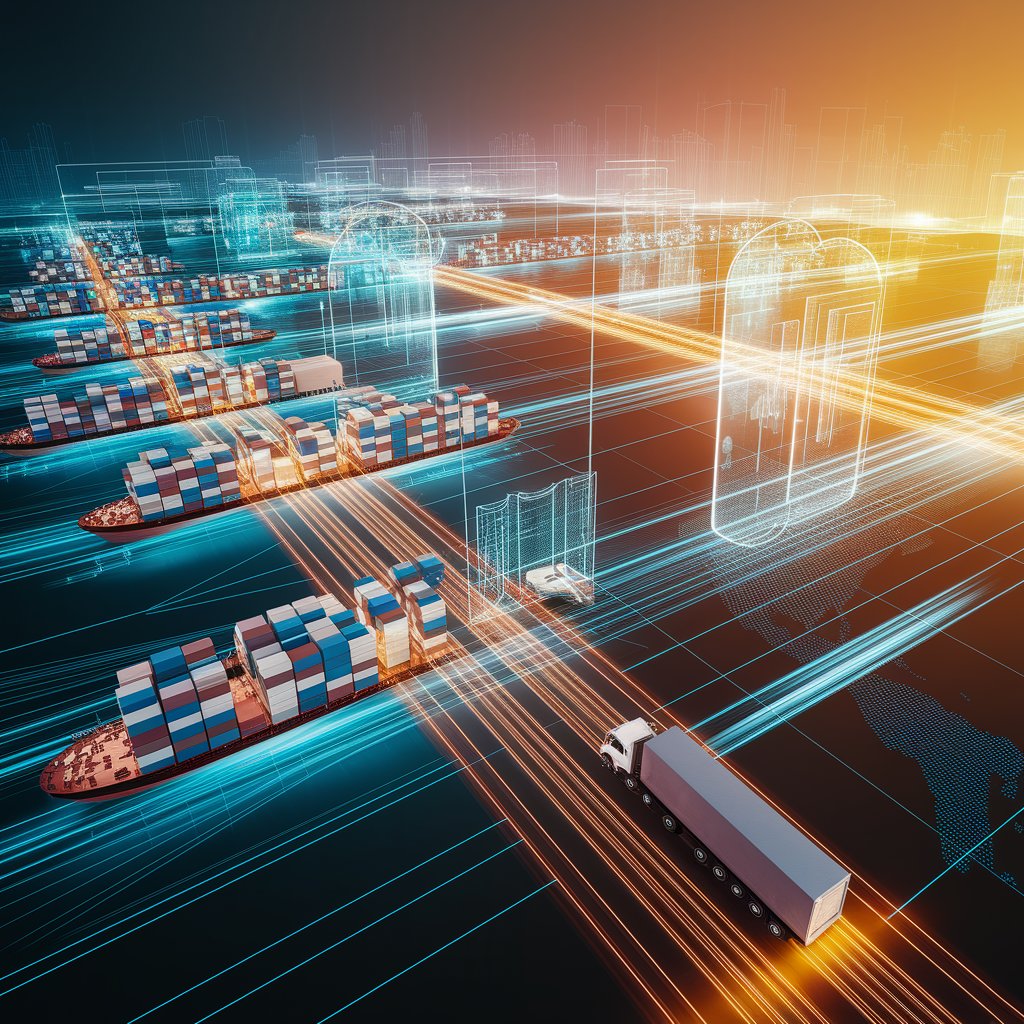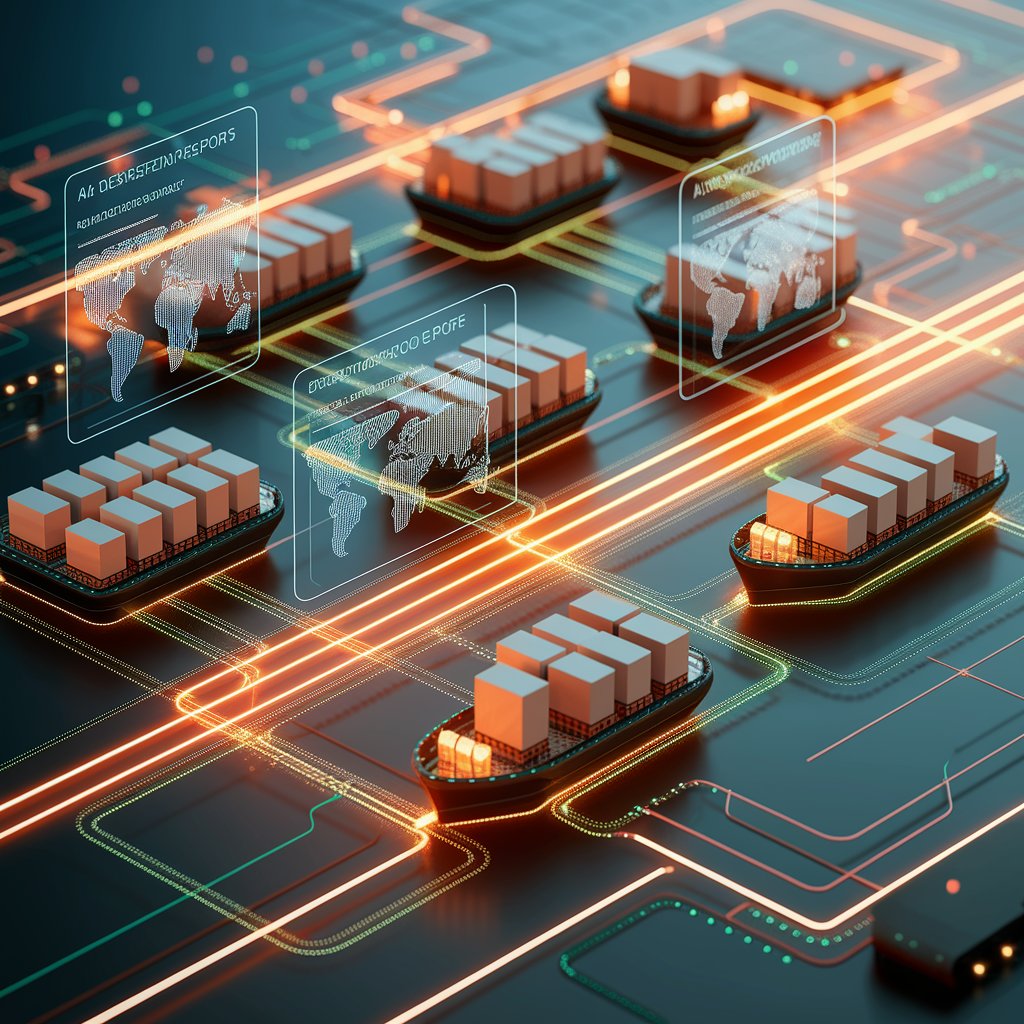Generative AI Logistics Tools: Redefining Efficiency and Innovation

Introduction
Generative AI logistics tools empower businesses to move beyond efficiency and embrace innovation. From route optimization and demand forecasting to automated documentation and digital twin simulations, these tools are rewriting the future of logistics.
What Are Generative AI Logistics Tools?
Generative AI logistics tools are AI-powered systems built to generate new outputs for logistics operations. Instead of working only with static predictions, these tools create optimized documents, routing options, or even entire digital replicas of supply chains.
Some examples include:
- Generating multiple route options with estimated costs, times, and risks.
- Automatically creating customs documents or bills of lading.
- Producing digital twin simulations of supply chains for stress testing.
- Generating real-time recommendations during disruptions such as port closures or weather delays.
This makes them invaluable for industries where speed, adaptability, and accuracy determine profitability.

Key Features of Generative AI Logistics Tools
- Scenario Simulation: Run multiple what-if models (e.g., fuel price spikes, port congestion, labor strikes) and generate optimized strategies for each.
- Automated Documentation: Draft customs forms, commercial invoices, and shipping manifests without human intervention.
- Dynamic Route Planning: Create optimized multimodal routes that factor in costs, risks, and sustainability.
- Digital Twin Creation: Develop full-scale digital replicas of warehouses, fleets, and global trade networks to test logistics flows.
- AI-Driven Communication: Generate professional client updates, performance reports, and even AI-powered responses to customer queries.
Benefits for Logistics Providers
The adoption of generative AI logistics tools delivers measurable advantages:
- Efficiency Gains: Automate repetitive manual tasks like document creation.
- Proactive Risk Management: Simulate potential risks before they occur, minimizing disruptions.
- Cost Optimization: Generate alternatives that save on fuel, labor, and freight charges.
- Scalability: Manage more shipments and clients without proportionally increasing resources.
- Competitive Differentiation: Offer innovative solutions that attract modern, data-driven clients.
Beyond operational benefits, these tools elevate logistics providers into strategic advisors, helping clients navigate global complexity with confidence.

Real-World Applications
- Freight Forwarders: Use generative AI to instantly produce quotes, automate booking confirmations, and create tailored shipping strategies.
- Carriers: Simulate fuel-efficient routes and maintenance schedules, reducing downtime and emissions.
- 3PL Providers: Generate client-facing reports showing performance, costs, and carbon impacts in a visually engaging way.
- Warehousing & Distribution: Apply AI to design optimized layouts, staffing patterns, and replenishment flows.
- Global Shippers: Leverage AI to automatically adjust logistics strategies when geopolitical or weather events disrupt supply chains.
The Role of Digital Twins and Generative AI
One of the most exciting intersections is between digital twins (virtual replicas of real-world operations) and generative AI. Together, they allow logistics providers to:
- Test multiple supply chain disruptions in a safe digital environment.
- Generate new strategies instantly when a risk materializes.
- Train AI models to adapt in real time, making supply chains self-optimizing ecosystems.
This synergy is already being piloted in ports, global forwarding, and last-mile logistics.

The Future of Generative AI in Logistics
The future of generative AI logistics tools will see deeper integration with blockchain, IoT sensors, and autonomous systems. Some upcoming capabilities include:
- Smart Negotiation Bots: AI that generates contract terms with carriers based on real-time rates.
- Carbon-Aware Routing: Generative AI will suggest the most sustainable delivery options.
- Voice-Activated AI Agents: Freight managers will interact with generative AI tools using natural speech.
- Autonomous Decision-Making: AI will not just recommend actions—it will execute them within pre-approved parameters.
Ultimately, generative AI will help create adaptive, self-healing supply chains that automatically reroute, regenerate documents, and update customers without human intervention.
Conclusion
Generative AI logistics tools represent the next evolution of supply chain technology. By simulating scenarios, generating optimized routes, and automating documentation, they allow logistics providers to move from reactive problem-solving to proactive innovation.
Companies that adopt these tools will not only save costs and improve efficiency but also strengthen resilience in an unpredictable global market. For freight forwarders, carriers, and 3PLs, generative AI is no longer a futuristic concept—it’s the competitive edge needed to thrive in logistics today and tomorrow.
